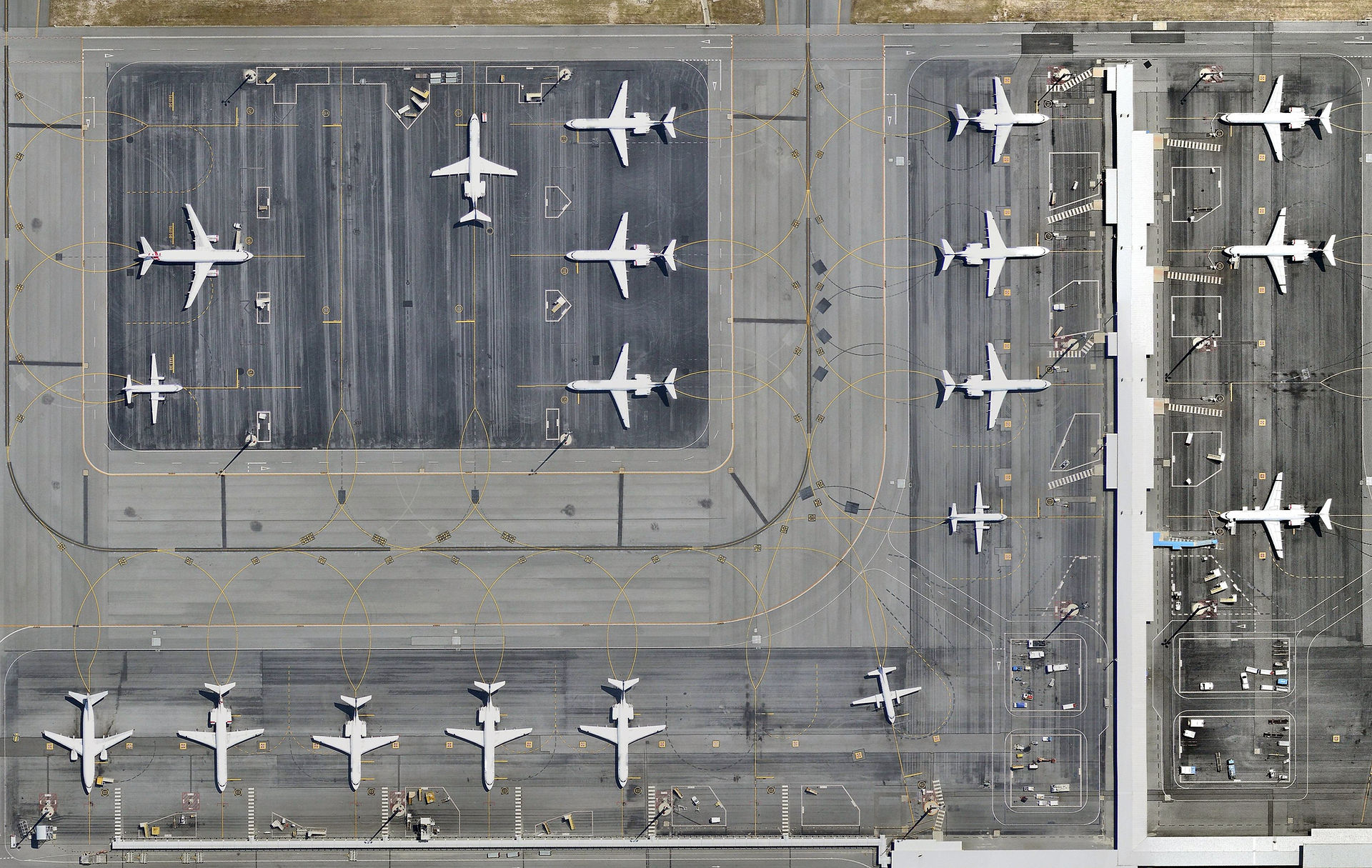Airport Standard Time
- Holly Payne
- Oct 22, 2022
- 3 min read
Updated: Nov 3, 2022
Different groups have different standards for time. With air travel, if you are not early, you are late.

When someone is hired to be a front line employee for an airline, they have a 45 day trial period. They may not call out sick, even during a pandemic. There are various places they must be and in a state of readiness in order to be considered on time. If they are late once during that 45 day trial, they are automatically fired. If they are late after that period, they then have three strikes before they are out. Traffic, family issues, and any other unforeseen delays need to be planed around. Employees must assume that those delays will happen, and leave enough travel time to still arrive and be ready to go on time.
I let you know this, so you may understand why airport employees may not seem sympathetic that your kid got sick, and you didn’t expect traffic. Their family might be sick too, and they sat through that same traffic to get to work. Their boss would not be sympathetic with them, so they left earlier than they really needed too, and waited to clock in on time. Depending on their seniority, they may not be allowed to grant you leniency. Besides, what you think leniency is might not really look like you think.
What Leniency Looks Like
Let's say you are at check in with a bag, and the agent informs you that you are past the cut off time, and starts to look for the next available flight to your destination. You beg for leniency because you absolutely must be at your destination at the earlier time. You must sign a document saying that the airline is not responsible for your bag. They will try to send it on your flight, but most likely it will not get on the plane in time. Usually if a bag does not make your flight, the airline is responsible to get the bag delivered to you later. However, you must promise to go back to your destination airport to pick you bag up after the second flight arrives. This does not guarantee you will get on the earlier plane. You still have to get through TSA. You’d better run.
There is a difference between boarding time and departure time. Departure time is listed on your boarding pass. This is the time that your flight must be in the air. In order to be in the air by that time, there are a bunch of things that must happen after the door is closed to your aircraft. Those procedures that occur after the door closes are big safety procedures. They are the reason air travel is so safe today. Back when air travel was dangerous, they learned these procedures the hard way. They take time. You want them to take their time with this part.
I’m sure you would never say it, but you will inevitably hear someone saying, “But, the plane is right there! All you have to do is open the door”! Do you think that person really wants to interrupt that process, and have them start it over? Did they do that step the second time, or only the first? Nope! Once that door is closed, it should stay closed. Besides, if the door gets opened for one person, then several people will need to be pulled off the flight because they have connecting flights that they will not longer be able to catch.
Aim for the boarding time instead. Consider your plane gone after boarding time starts. I know it feels exciting to waltz in at the end of boarding time as though the 200 people before you are on your private jet. You can still do that from the boarding area.
If you don’t make it in time, be understanding, and you may find that flexibility on your part feels just as good as leniency on their part, and still enjoy your adventure!




Comments